In every workshop or factory where wood is used, large amounts of waste are collected. Wood dust, sawdust and pieces of wood that are too small to be used take up more and more space, reducing the space available for work. In addition to the lack of space, there is an increased risk of fire. Some producers have either got machines for pellet productionor collaborate with pellet producers. But there are also those who wonder what else could be done with the waste. The idea for the article came from one of them. He asked us in a message what he could do with a quantity of sawdust of nuc left over from a paper. I thought the suggestions might interest more people and the article should be about the use of wood scraps in general, without limiting it to one species.
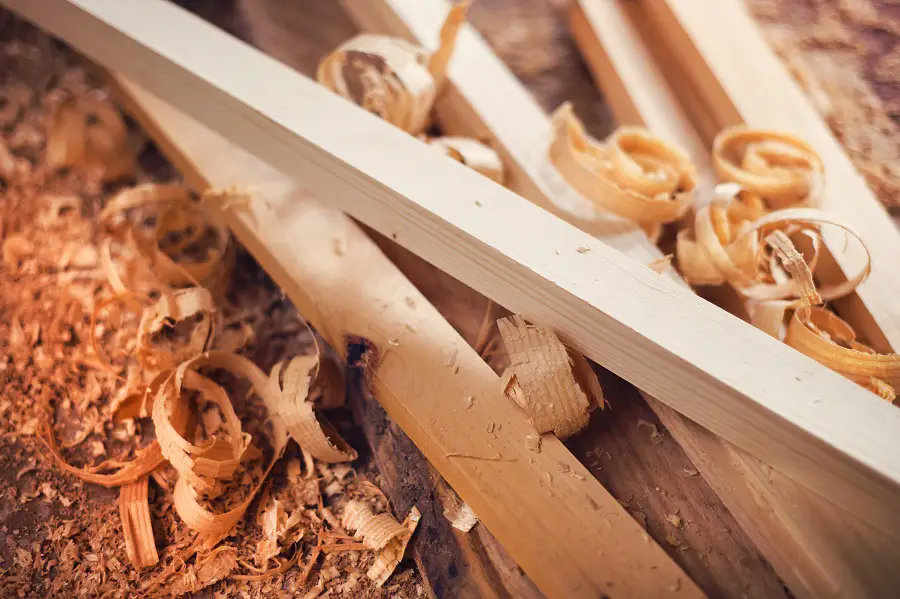
Decorative objects, shredders, jewellery, furniture items
Many of those who work in their own workshop use wood scraps to make chippers. I have seen end grain shredders very successful. It takes time and patience, but the result is worth it and the item is useful and can be sold, thus recovering the time invested.
Sawdust, shavings and wood waste can be mixed with epoxy resin to obtain decorative objects or furniture parts. Stool stools, table tops, bowls, lamps can be obtained in this way. Arracite can also be used instead of resin. But in this case, only the amount of glue needed to glue the wood scraps is used. Also, the glue must not be brittle. Interesting jewellery can also be made from scrap wood. A small amount of coloured transparent resin moulded into a shape with a small piece of wood or a sawdust curl can make a remarkable pendant or earrings.
If you're not artistically inclined for such products, look for artists on special groups. You'll surely find many who will want to get rid of some scrap wood.
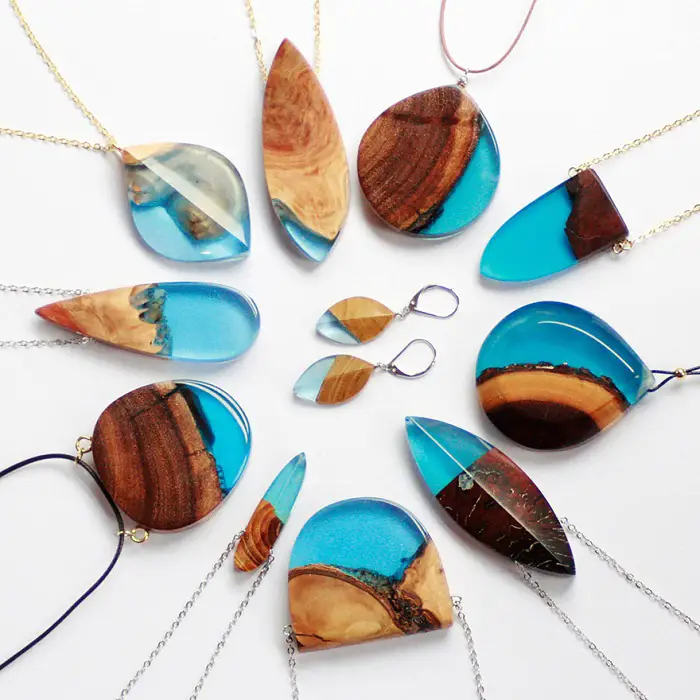
Gardening
Sawdust and wood chips are frequently used in gardening, for landscaping or pathways. Wood shavings are placed around plants to provide both the necessary moisture (wood absorbs water), but also to let excess moisture through and prevent plants from 'drowning'. Walnut sawdust is used for weed control. It is recognised that no plants grow under walnut. This is because there is a substance (Juglone, a quinone) in the roots in particular, but also to a lesser extent in the rest of the plant, which prevents plants from growing. So it should only be used in places where we don't want anything to grow because it prevents the growth of any plant, not just weeds.
Wood waste can be used to make compost, a natural fertiliser. Walnut residues must be removed from the mixture. Wood and other vegetable waste is mixed with water and left to ferment. The resulting liquid is used to water the land at intervals.
For animal care
Chips and sawdust are laid on the ground like a bed in spaces where animals live. Wood absorbs droppings and makes the place easier to clean. Wood is also recognised as a good insulator, forming a warm bed for animals. Wood debris placed on concrete/cement prevents animals from coming into contact with the cold surface.
Food processing
Smoking is the oldest method of preserving meat, fish or cheese. Smoking increases the shelf life of food and improves the taste. The smoke from burning wood contains antiseptic substances (acetic aldehyde, formaldehyde, phenolic compounds) which kill and prevent the growth of micro-organisms. The heat from the smoke also dehydrates the food, which helps preserve it.
The wood most used for smoking in our country is fag. However, other essences are also used, alone or in a blend. Each species adds flavour to the food, increasing its flavour. For example, cherry wood gives a rather sweet and fruity taste, while that of chestnut is slightly sweet and nutty tasting. Walnut is used in mixtures with other essences because it gives a bitter and heavy taste. The wood of fruit trees - plum, peach, apricot, apple, pear - is widely used for smoking because it gives a taste similar to that of the fruit. The resin content makes softwoods not preferred for smoking.
Oak is also used for smoking, giving a strong flavour to the food. But the chips are used to give that specific, aged wine-like taste in oak barrel. It's a quicker and cheaper way to age it, as the wine takes on some of the oak's specific flavours.
Putty for repairing small wood defects
Wood dust and aracite is the oldest putty used by carpenters to repair wood defects. Holes, deep scratches and dents are repaired with this mixture. After drying, the surface is sanded and the resulting appearance is very wood-like.
Still a wood putty is obtained by mixing wood powder with nitrocellulose varnish. Repairing the defect is done in the same way, but finishing the repaired wood should only be done with solvent-based wood stain and nitrocellulose varnish.
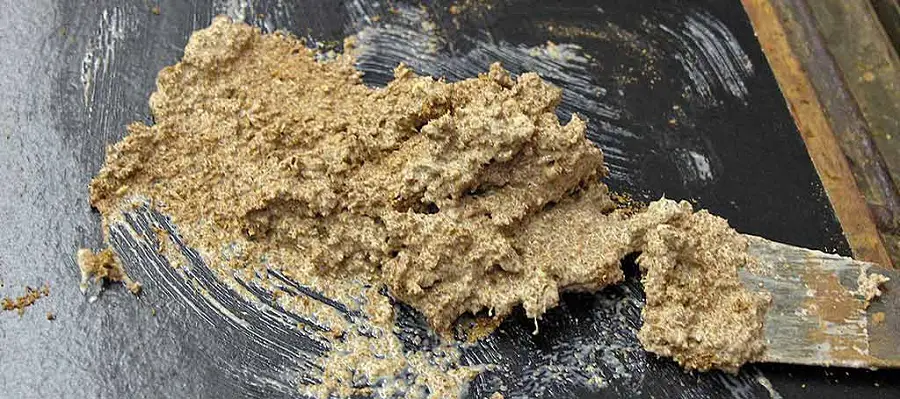
Mixed with other building materials
Wood dust can be used in construction, mixed with sand and cement, in mortar or mixed with gypsum. Concrete slabs in which wood dust is used are lighter. If you are thinking of using wood dust in this way, it is best to do your research beforehand and ask a builder for advice so as not to lose the strength of the construction.
Chips and sawdust can be used in the composition of epoxy floors, both as filler material and as decorative elements.
Wood dust is used in mixtures with plastics to form wood-like compositesbut with increased outdoor resistance. Composite tiles for cladding the exterior walls of houses are made this way. Wood dust is also used as a filler in other plastic products.
As a source of energy
Scrap wood can of course be used as source of energy. Heating with pellets is proof. But they don't have to be pelleted for that. It is sufficient to be stuffed into bags or sacks, the bags or sacks then being put as they are directly on the fire. Avoid plastic bags and sacks because they give off choking smoke. Use paper or raffia bags and sacks left over as waste (food, cement, etc.).
The uses for wood waste can be very diverse and you can certainly think of many others. If you have ideas other than those suggested, share them with us by leaving them below in the comments box. I'd be happy if we could expand the list of uses, using wood waste creatively and usefully.
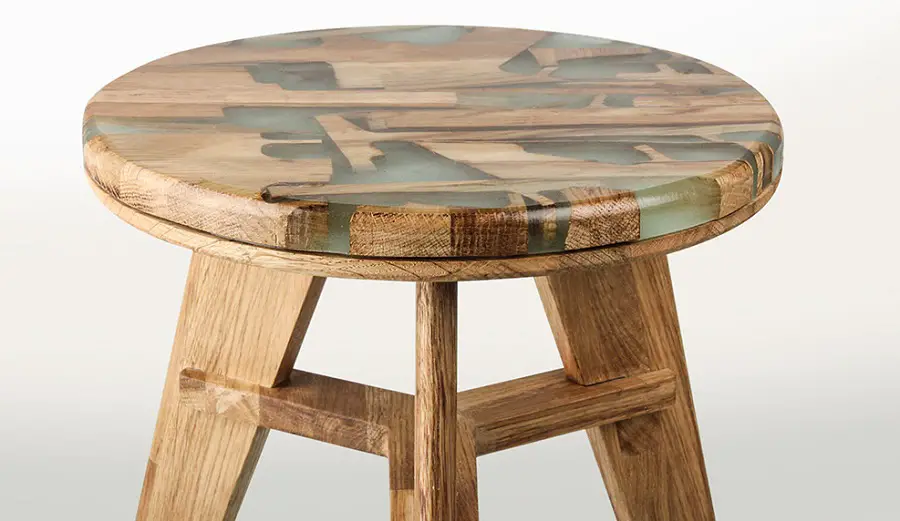
photo source: fubiz.com










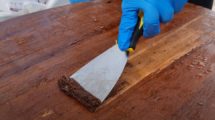




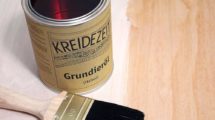












Add comment